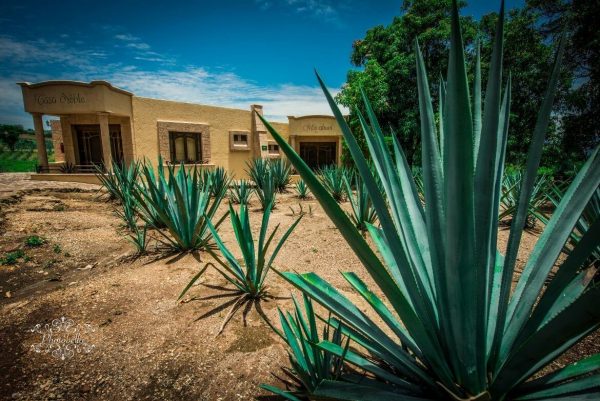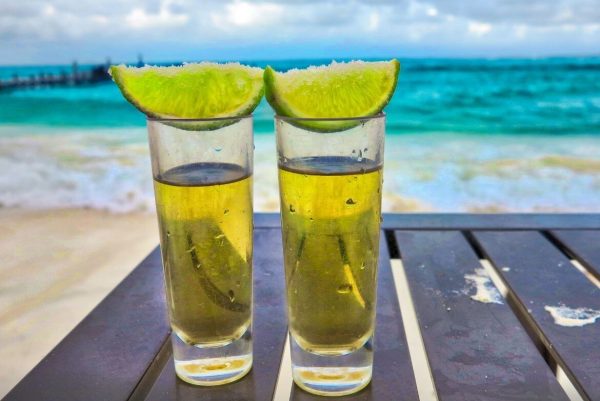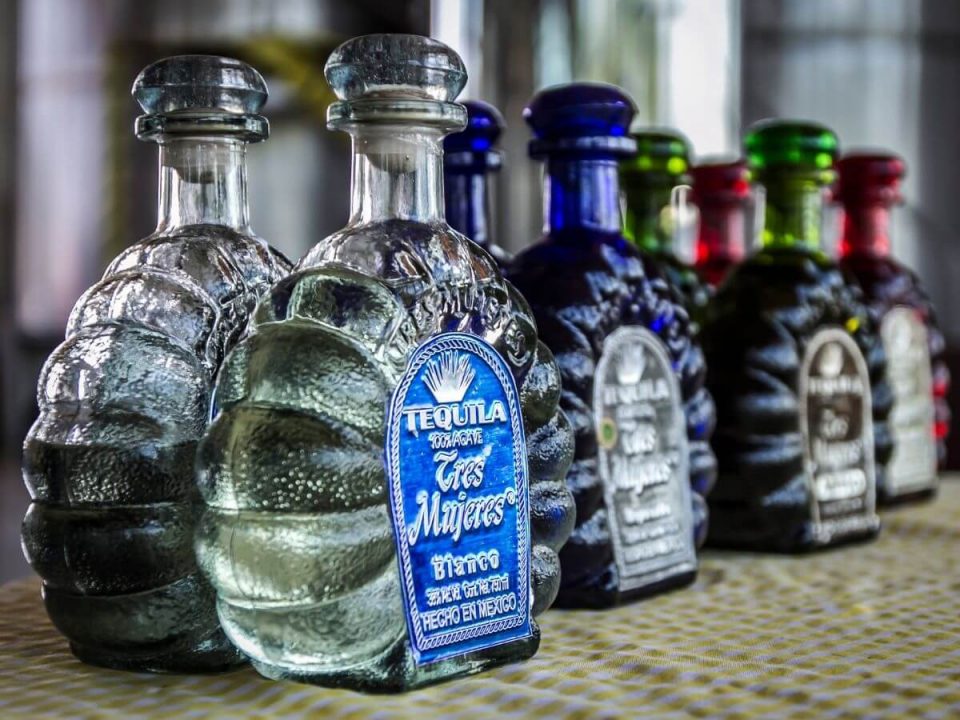Whether we mix it in different types of cocktails or we have it as a party booster, we all love tequila, especially at the end of the week.
As usual, we don’t like to be or remain simple consumers of goods. Therefore, today we are having a closer look at this spirit, so next time we know how to taste and drink it.
 Drinking a glass of wine is a full experience. We don’t enjoy wine simply because of its taste. We follow a story with each glass of wine, by knowing its origins, its culture, the type of grapes it’s made of, and recognizing the full blend of flavors.
Drinking a glass of wine is a full experience. We don’t enjoy wine simply because of its taste. We follow a story with each glass of wine, by knowing its origins, its culture, the type of grapes it’s made of, and recognizing the full blend of flavors.
Wine can send us somewhere far away or bring us back to a magical moment from the past. Tequila can be a full experience too.
Table of Contents
Tequila: One of The Most Sophisticated Spirits
The first documentation of Tequila, known back then as pulque (the sap of the agave plant), appeared around 200 A.D. The milky liquid was so important for Aztecs that they used to worship two gods known for their relationship to booze: Mayahuel and Patecatl.
 Between 1400s and 1500s Spaniards who invaded Mexico were the ones who started agave distillation, creating what we know today as mezcal.
Between 1400s and 1500s Spaniards who invaded Mexico were the ones who started agave distillation, creating what we know today as mezcal.
Remember: All tequilas are technically mezcals, but not all mezcals are tequilas.
Tequila started to be commercialized back in 1758 by The Cuervo family, followed by the Sauza family. Don Cenobio Sauza was the one who identified that blue agave is the best for producing tequila. And since then, the production of what we now know as tequila started to be produced at different distilleries.
When you sip a tequila that is 100 percent agave, you can actually enjoy one of the most sophisticated spirits available. For example, tequila has more than twice the identifiable flavor profiles of a really sophisticated, big red wine glass. I guess we will look at tequila differently from now on.
 Tequila: tasting techniques
Tequila: tasting techniques
To get the most out of tequila, follow these tasting steps:
- Use a narrow tequila glass (you can also use a champagne flute), and not a shot glass. Pour enough tequila for 2-4 sips.
- Observe the color: blanco, gold, reposado, anejo or extra anejo. The extra anejo will be dark and golden, while the blaco should be clear.
- Most important step: sniff the aroma. Turn the glass on its side so that the tequila is as close as possible to the rim. Bring your nose to the lower rim and take little sniffs, without inhaling deeply.
- Note the differences and the aromas. After noting the aromas at the bottom rim, raise your nose to the middle of the glass. You might note more light, citrusy, fruity, and floral smells.
- Taste by telling your tongue what to be looking for so you can identify far more of how tequila starts and finishes. Once you have the tequila in your mouth, inhale through your nose, swallow it over your tongue, and then exhale hard over your tongue to excite your taste buds. Take a few more sips to confirm or expand your initial findings.
Read as well: How to drink Gin. Guide for gin cocktail pairings.
